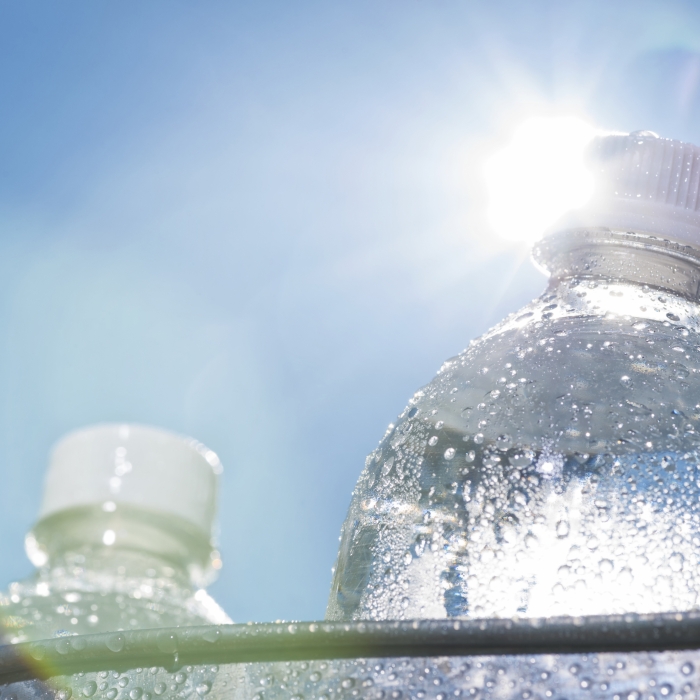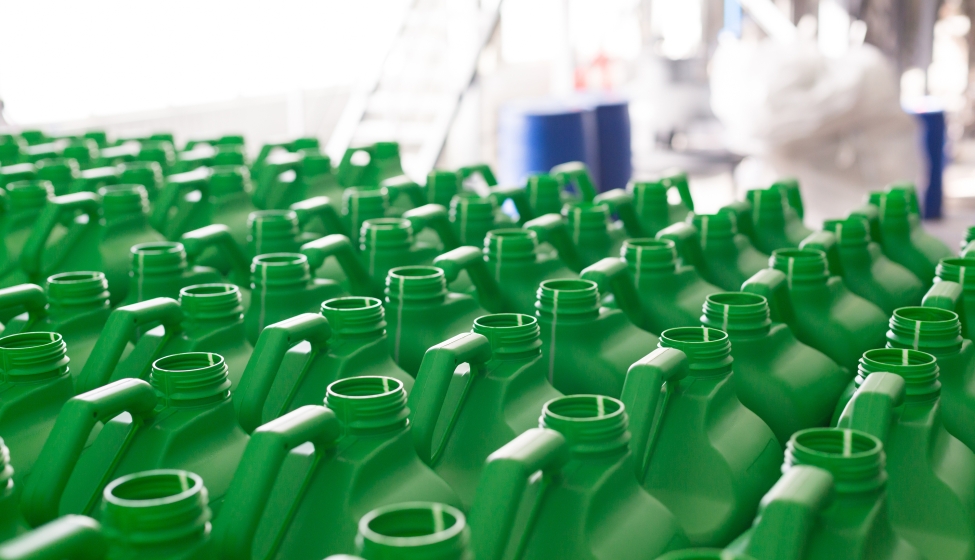May 2, 2024
Exponent's Christopher C. White and 42 other scientists on the United Nation's Environmental Effects Assessment Panel have co-authored a paper in Global Change Biology. Their article explores the link between climate change and plastic waste; in particular, the team "assessed effects of UV radiation and interacting climate change factors on plastics, focusing on the durability of products as well as the production and dispersal of micro- and nano-plastic pollutants in the environment."
The paper notes a 2022 estimate of 400 million metric tonnes of plastics produced globally every year — a significant amount of which can be considered "unmanaged and ubiquitous" — that could be contaminating the natural environment. The article underlines the need for better understanding of the potential environmental fate of plastic debris and contaminants and their degradation into micro- and nanoplastics.
The authors cite the importance of the Montreal Protocol on Substances that Deplete the Ozone Layer to address and prevent rising rates of UV-B-driven photodegradation and fragmentation of plastics, explaining that "the complex, interactive effects of UV radiation and climate change, together with changes in feedstocks, will make plastic weathering less predictable in the future."

"Environmental plastics in the context of UV radiation, climate change, and the Montreal Protocol"
Read the full article here
From the publication: "Global effects of UV radiation and climate change on plastic debris present a double-edged sword: solar UV radiation and higher temperatures enhance the degradation of macroplastic debris but also lead to the generation of potentially hazardous micro- and nanoplastic particles."


